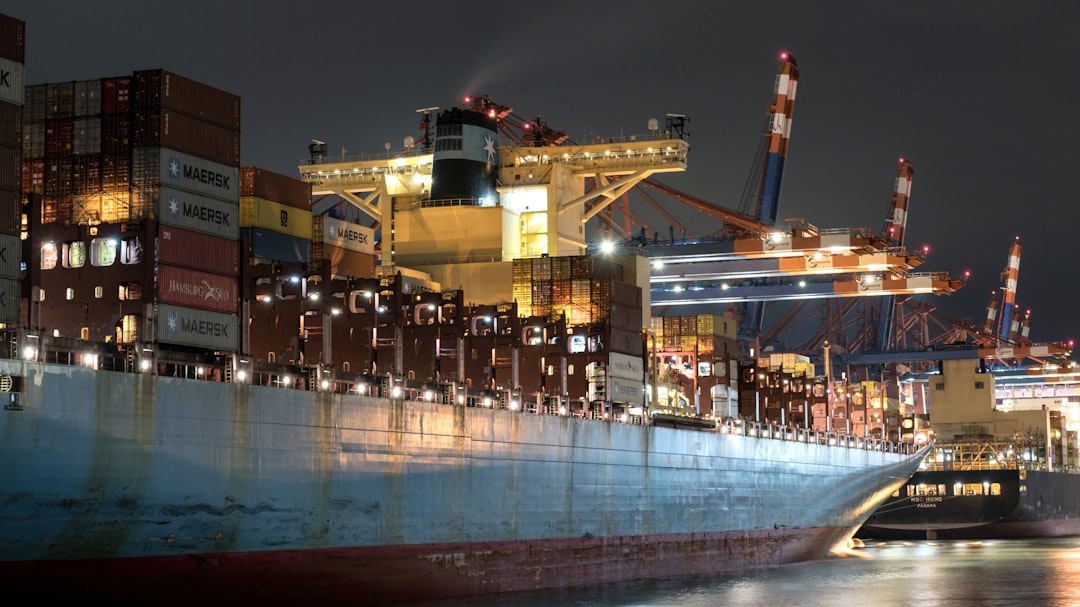Shipping goods internationally can seem daunting, but with careful planning and the right knowledge, it can be a smooth and efficient process. This comprehensive guide will walk you through every step, ensuring your overseas shipment arrives safely and on time.
1. Defining Your Goods and Destination: The Foundation of Your Plan
Before you even think about booking a carrier, you need a clear understanding of what you’re shipping and where it’s going. This seemingly simple step is crucial. Begin by meticulously documenting your goods:
- Detailed Inventory: Create a precise inventory list, including the quantity, weight, dimensions, and a description of each item. Include any special handling requirements (fragile, perishable, hazardous materials).
- HS Codes (Harmonized System Codes): These internationally standardized codes classify your goods for customs purposes. Incorrect HS codes can lead to delays and penalties. Research the correct codes for your specific products.
- Destination Details: Know the exact address, including postal code, and the country of destination. Understand any specific import regulations for that country.
- Incoterms (International Commercial Terms): These terms define the responsibilities of the buyer and seller regarding shipping costs, insurance, and risk transfer. Choosing the right Incoterms is vital for avoiding disputes.
2. Choosing the Right Shipping Method: Balancing Speed and Cost
The method you choose will significantly impact both cost and transit time. Several options exist:
- Sea Freight: The most economical option for large shipments, but transit times are significantly longer.
- Air Freight: Fastest option but considerably more expensive. Ideal for time-sensitive goods or smaller, high-value shipments.
- Courier Services (Express): Suitable for smaller packages and documents, offering fast delivery but at a premium price.
- Rail Freight: A growing option, offering a balance between speed and cost, particularly for shipments between Eurasia and other continents.
Consider factors like the volume, weight, value, and urgency of your goods when making your selection.
3. Selecting a Reliable Shipping Carrier and Freight Forwarder (If Needed)
Research and compare different carriers based on their reputation, pricing, transit times, and services. For complex shipments or those requiring specialized handling, consider using a freight forwarder. A freight forwarder acts as an intermediary, handling various aspects of the shipment, including documentation, customs clearance, and consolidation.
- Carrier Comparison: Get quotes from multiple carriers to compare pricing and services. Look for reviews and testimonials to gauge their reliability.
- Freight Forwarder Selection: Choose a reputable freight forwarder with experience in your specific industry and trade route. Ensure they are licensed and insured.
- Insurance: Protect your shipment with adequate cargo insurance to cover potential losses or damages during transit.
4. Navigating Customs and Regulatory Compliance: Avoiding Delays
International shipping involves navigating complex customs regulations in both the exporting and importing countries. Failure to comply can result in significant delays, fines, or even the seizure of your goods.
- Export Documentation: Prepare all necessary export documentation, including commercial invoices, packing lists, certificates of origin, and any other required permits or licenses.
- Import Documentation: Understand the import requirements of the destination country. This may include specific documentation, tariffs, and duties.
- Customs Broker: Consider using a customs broker to assist with customs clearance. They are experts in navigating the complexities of international trade regulations.
- Compliance: Ensure your goods comply with all relevant regulations, including safety standards, labeling requirements, and import restrictions.
5. Tracking and Monitoring Your Shipment: Maintaining Transparency
Once your shipment is underway, it’s crucial to track its progress and address any potential issues promptly. Most carriers provide tracking numbers that allow you to monitor the location and status of your goods in real-time.
- Tracking Number: Obtain a tracking number from your carrier and use it to monitor your shipment’s progress.
- Communication: Maintain open communication with your carrier or freight forwarder to address any questions or concerns.
- Proactive Problem Solving: Address any delays or issues promptly to minimize disruption.
- Delivery Confirmation: Obtain confirmation of delivery once your shipment reaches its destination.
By meticulously planning each stage of your overseas shipment, you can significantly reduce the risk of problems and ensure a successful delivery. Remember, proactive planning and attention to detail are key to conquering the globe with your goods.
Tags: overseas shipping, international shipping, shipment planning, export logistics, import logistics




